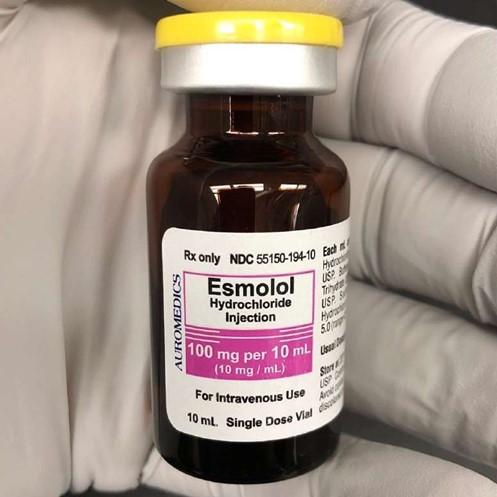The nurse is confirming a pediatric dose from an adult dose sent from the pharmacy.
What is an accurate method for calculating the child's dose?
Body surface area (BSA)
Actual body weight
Ideal body weight (BW)
Actual body height
The Correct Answer is B
This is the most commonly used method for calculating pediatric doses, especially for medications that are weight-based. The pediatric dose is typically calculated as a fraction or percentage of the adult dose based on the child's weight. For example, if the adult dose is 100mg and the child weighs 50kg, the child's dose may be calculated as 50mg (50% of the adult dose). Actual body weight takes into account the child's current weight, which can be an important factor in determining the appropriate dose.
Reasons why the other choices are not answers:
A. Body surface area is a method for calculating pediatric doses, but it is typically used for medications that are associated with toxicity or have a narrow therapeutic index.
C. Ideal body weight is an estimate of what a person's weight should be based on their height and gender, rather than their actual weight. It may be used in situations where a child is significantly overweight or underweight, but it is rarely used for pediatric dosing.
D. Actual body height is rarely used for pediatric dosing, as it does not take into account the child's weight or other important factors. It may be used in certain situations, such as when dosing growth hormone therapy.
Nursing Test Bank
Naxlex Comprehensive Predictor Exams
Related Questions
Correct Answer is A
Explanation
The Joint Commission has a list of approved medical abbreviations that should be used to prevent miscommunication and errors in healthcare settings.
Out of the abbreviations listed in the
Question , only "IV" (for intravenous) is on the Joint Commission's list of approved abbreviations.
"IU" (for international unit) is not on the list because it can be misinterpreted as "IV" (intravenous) or "10" (the Roman numeral for 10).
"QD" (for once daily) is also not on the list because it can be misinterpreted as "QID" (four times daily) or "QOD" (every other day).
"QOD" (for every other day) is also not on the list because it can be misinterpreted as "QD" (once daily) or "QID" (four times daily).
Therefore, the correct answer is A. IV.
Correct Answer is D
Explanation
First, we need to calculate the total dose of esmolol required per minute: Total dose = Weight x Dose x 60 minutes
Total dose = 65 kg x 200 mcg/kg/min x 60 minutes Total dose = 780,000 mcg/min
Next, we need to convert the dose to milligrams (mg):
780,000 mcg/min = 780 mg/min
The concentration of the esmolol solution is 2,500 mg in 250 mL or 10 mg/mL. To deliver 780 mg/min at a concentration of 10 mg/mL, we need to infuse: Infusion rate = Total dose / Concentration
Infusion rate = 780 mg/min / 10 mg/mL Infusion rate = 78 mL/min
Rounding to the nearest whole number, the answer is D. 78 mL/hr.
Therefore, the nurse should calculate an infusion rate of 78 mL/hr to deliver the required dose of esmolol to the patient.

Whether you are a student looking to ace your exams or a practicing nurse seeking to enhance your expertise , our nursing education contents will empower you with the confidence and competence to make a difference in the lives of patients and become a respected leader in the healthcare field.
Visit Naxlex, invest in your future and unlock endless possibilities with our unparalleled nursing education contents today
Report Wrong Answer on the Current Question
Do you disagree with the answer? If yes, what is your expected answer? Explain.
Kindly be descriptive with the issue you are facing.
